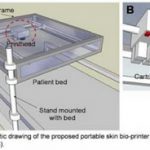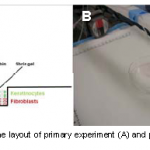Falls among the elderly are a huge problem. Our trauma service typically has 6-12 elders who have sustained significant injuries on it at any given time. About a third of people living at home over the age of 65 fall in a given year. At 80 years and up, half fall every year.
Because of this, falls are the leading cause of ED visits due to an injury for those over 65. What exactly are the societal consequences of all these falls? A yet to be published study from the Netherlands looked at injuries, costs and quality of life after falls in the elderly.
The top 5 most common injuries included simple wounds, wrist and hip fractures, and brain injuries. Although hip fracture typically was #5 in the 65-74 age groups, it was uniformly #1 in the 85+ group. Patterns were similar in both men and women. Interestingly, hip fractures were by far the most expensive, making up 43% of the cost of all injuries (total €200M). The next closest injuries by total cost, superficial injuries and femur fracture, made up only 7% of the total each!
As you can imagine, quality of life suffered after falls as well. A utility score based on the EQ-5D, a validated quality of life score, was lower in fall victims. Even after 9 months, this score did not return to baseline. About 70% of elders who were admitted after their falls described mobility problems and 64% had problems with their usual activities. Over a quarter expressed problems with anxiety or depression.
Bottom line: An array of falls prevention programs are available. They need to be more aggressively implemented to reduce costs and improve the quality of life of our elders.
Reference: Social consequences of falls in the older population: injuries, healthcare costs, adn long-term reduced quality of life. J Trauma (in press), 2011.


